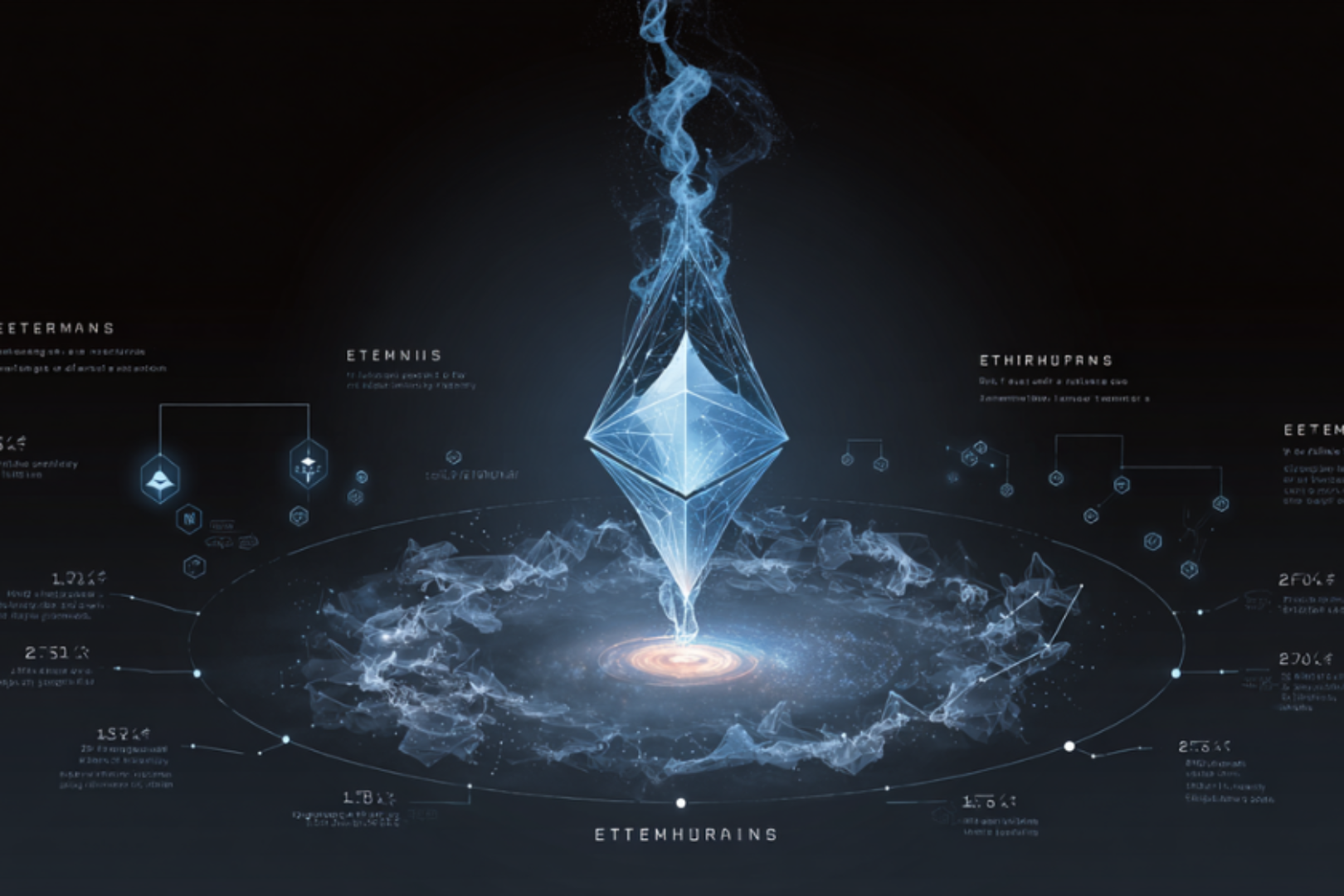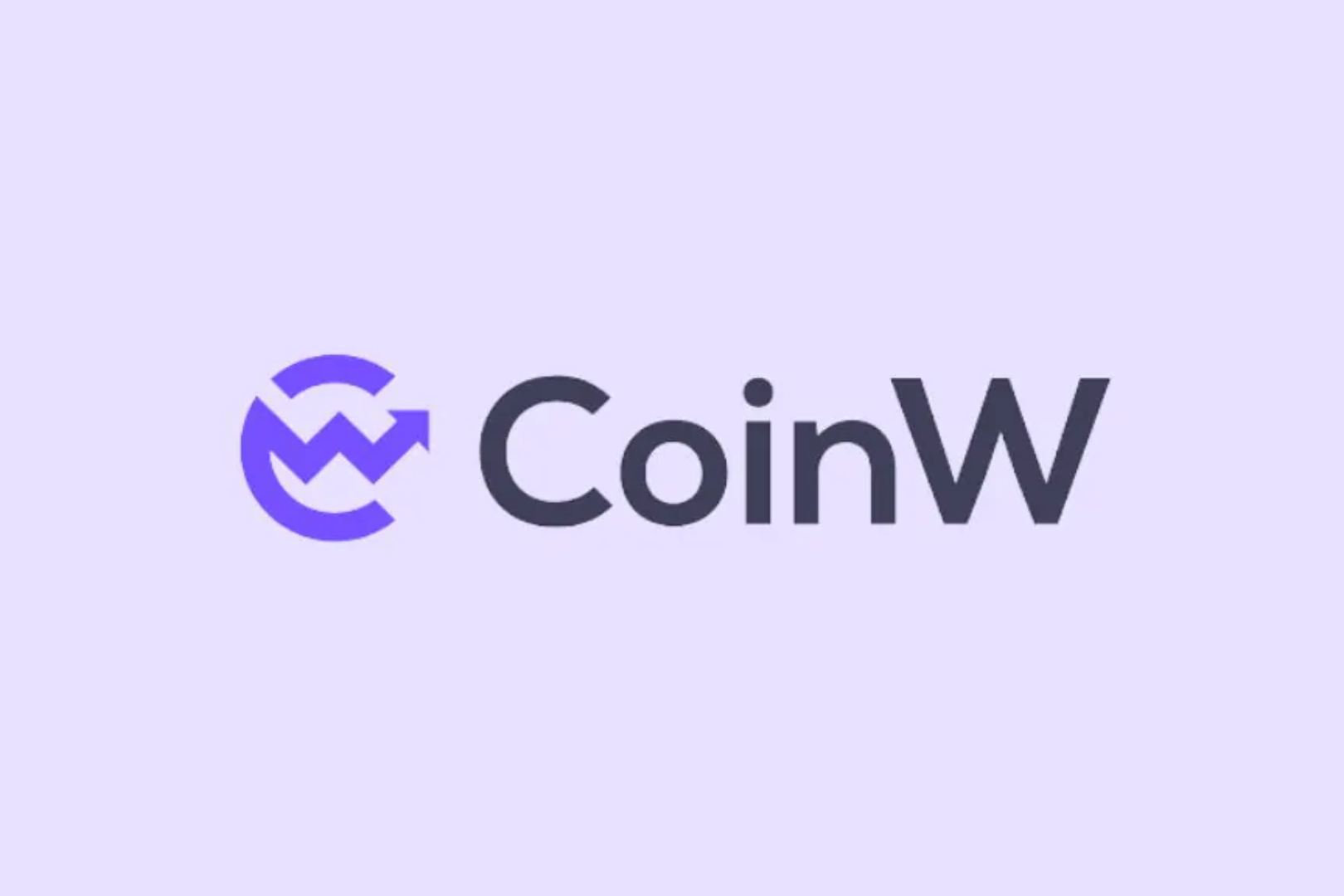
The author of this article is Bruno Škvorc, a developer and blockchain science popularizer from Croatia.
image description
This article was written by Bruno Škvorc
Bruno is very passionate about decentralization, anti-censorship, transparency, and accountability, so he is passionate about immutable ledgers. He holds a double master's degree in computer science and English language and literature. When conditions permit, Bruno intends to dabble in virtual reality.
The following article is a high-level overview of Polkadot after Bruno assisted the Web3 Foundation for nearly 3 years and wrote a large number of Polkadot popular science articles. In a professional situation, it is guaranteed that everyone can understand it.
secondary title
1. The operation mechanism of Polkadot
Polkadot has a main chain based on Substrate, called the relay chain (Relay Chain), and other blockchains linked to this main chain are called parachains (parachains).
image description
relay chain, parachain, transfer bridge
Author's note:
Author's note:Once the blockchain forks, the original transactions on the block may be restored (for example, A transfers 10 BTC to B, and this BTC has been packaged and confirmed. Once the blockchain forks, the 10 BTC BTC may return to A's account again, so it is very important to prevent the transaction from being restored on the blockchain. On the Polkadot network, the relay chain endows the parallel chain with such capabilities), and the fork is the same block A divergence occurs between different software versions of the chain, with one set of programs (or nodes) building blocks in one direction and another set of programs building blocks in another.
On the blockchain, forks are very common. Usually, the forked chain will always die on its own, but in extreme cases, the length of the fork may exceed the original chain until it replaces the original chain and becomes the main chain. Transactions on the chain will replace transactions on the original chain.
secondary title
2. Cross-chain composability
Author's note:
Author's note:Some people may ask, why do I have to transfer BTC to Ethereum? This is because the DeFi supporting Ethereum is a very prosperous ecosystem. Anyone can issue assets, get loans, or synthesize BTC into other assets to circulate their own assets. On the Bitcoin network, you can’t do anything. , I can only watch my assets sit still.
"Polkadot is a cross-chain communication system."
Author's note:
Author's note:secondary title
3. Sharing security
image description
Validators, collectors, nominators and phishers on Polkadot, this article only involves validators on the relay chain
Author's note:
Author's note:If the validator's work is a mess, they will be punished. For example, when the network needs them to work, their node is offline, and their pledged DOT will be withdrawn, effectively confiscated.
Elected active validators are randomly assigned to each parachain, and every few hours, this assignment is rotated again in a random and unpredictable manner.
Every 6 seconds, the parachain sends a block candidate to the relay chain. This candidate block will be verified by the validators on the relay chain who are online at these times. If the verification is passed, the candidate block will be included in the block of the relay chain, and then the parallel chain will generate the next candidate block. After the submission is completed, these blocks are immutable, and the parachain grows carelessly under the protection of the relay chain.
All parachains ultimately require the verifiers on the relay chain to obtain the final authorization. The more parachains, the more verifiers are required, and the higher the security of the entire network. It is important to remind that if you want to become a validator, you must pledge DOT tokens. When you perform the role of a validator, your DOT will be pledged in the Polkadot network.
It is in this way that the relay chain shares security with parachains, and each chain becomes part of the attack resistance of the entire network.
4. Forkless upgrades and governance
Generally speaking, when the blockchain is upgraded, forks are always inevitable: some nodes have been upgraded, some nodes have not been upgraded, and the nodes that have not been upgraded will always stay on the forked chain until these unupgraded chains are updated. The network upgrade is complete. What's more painful is that these nodes are distributed all over the world, and you can't communicate with these anonymous nodes in real time.
Polkadot solves this problem through "on-chain runtime and on-chain governance". On-chain runtime means that the code containing the rules for generating new blocks is stored on-chain. Therefore, the nodes and programs running the blockchain only need to read this information, and they can be updated. So how do we update this code?
Author's note:
Author's note:Details on on-chain governance can be found on the Polkadot wiki.
If you want to see more posts about Polkadot, or keep up with the progress of the Web3.0 Foundation, including news, development tools or development progress, please submit your email in the link at the end of the original article through the original link.




